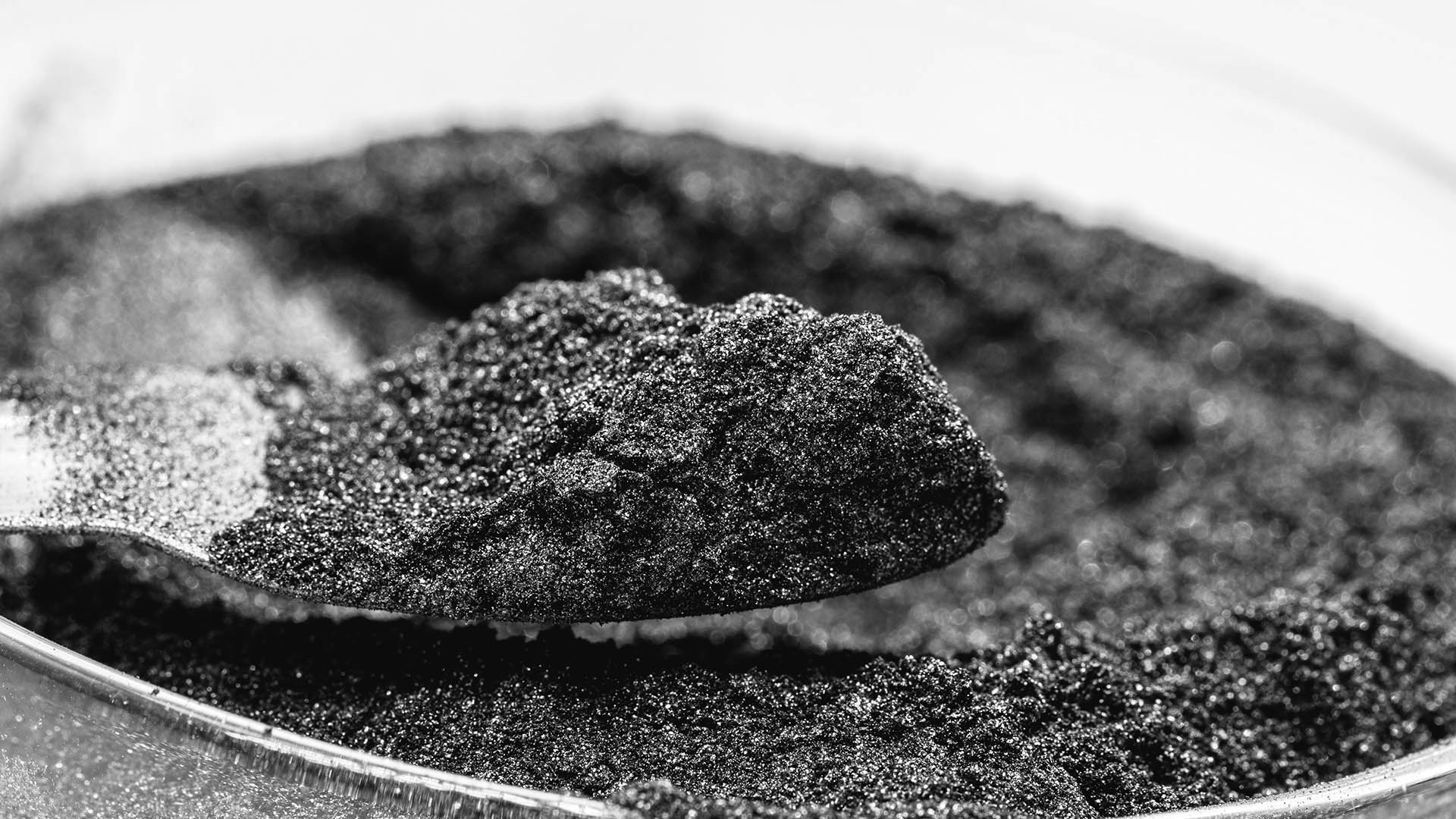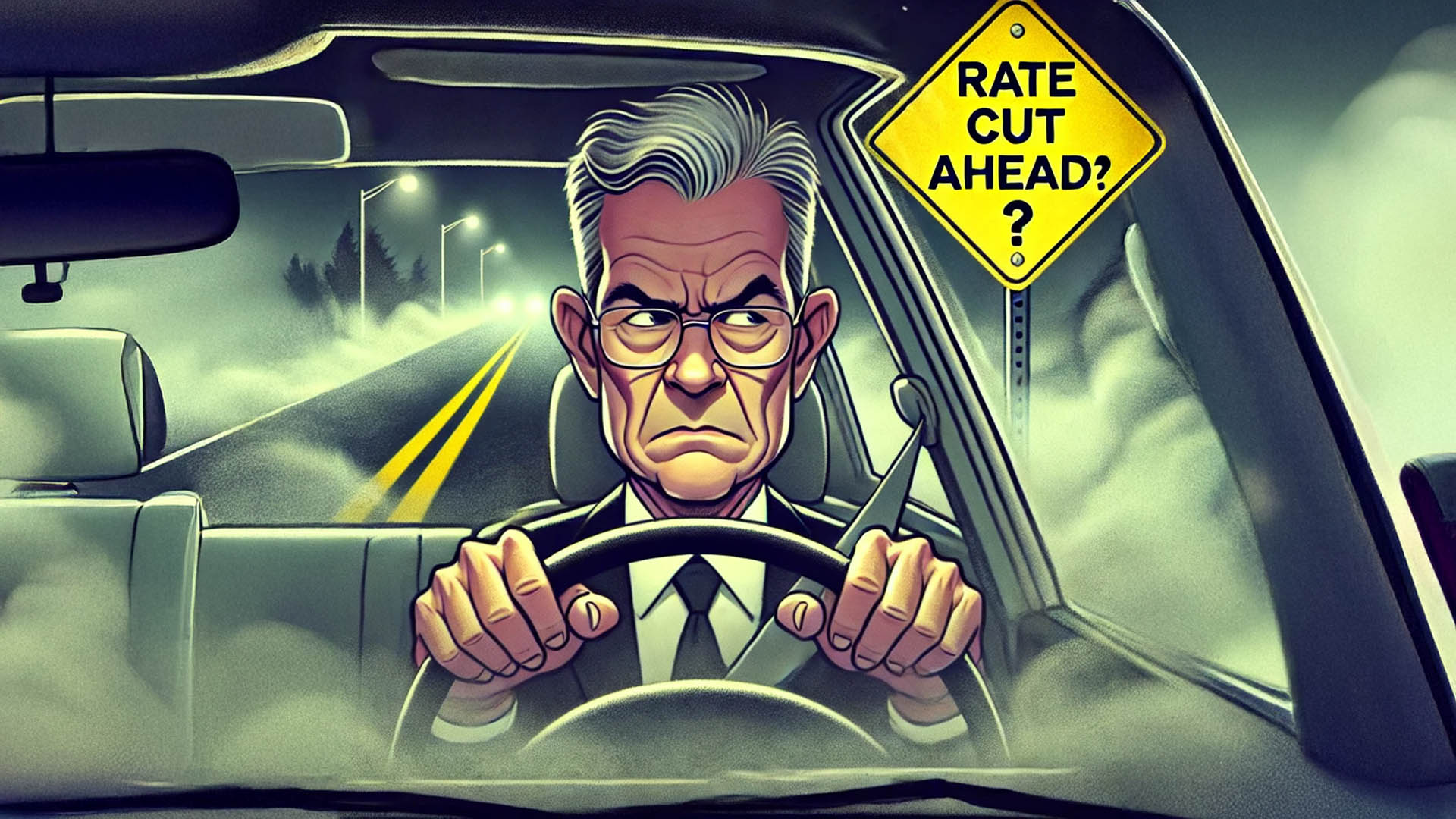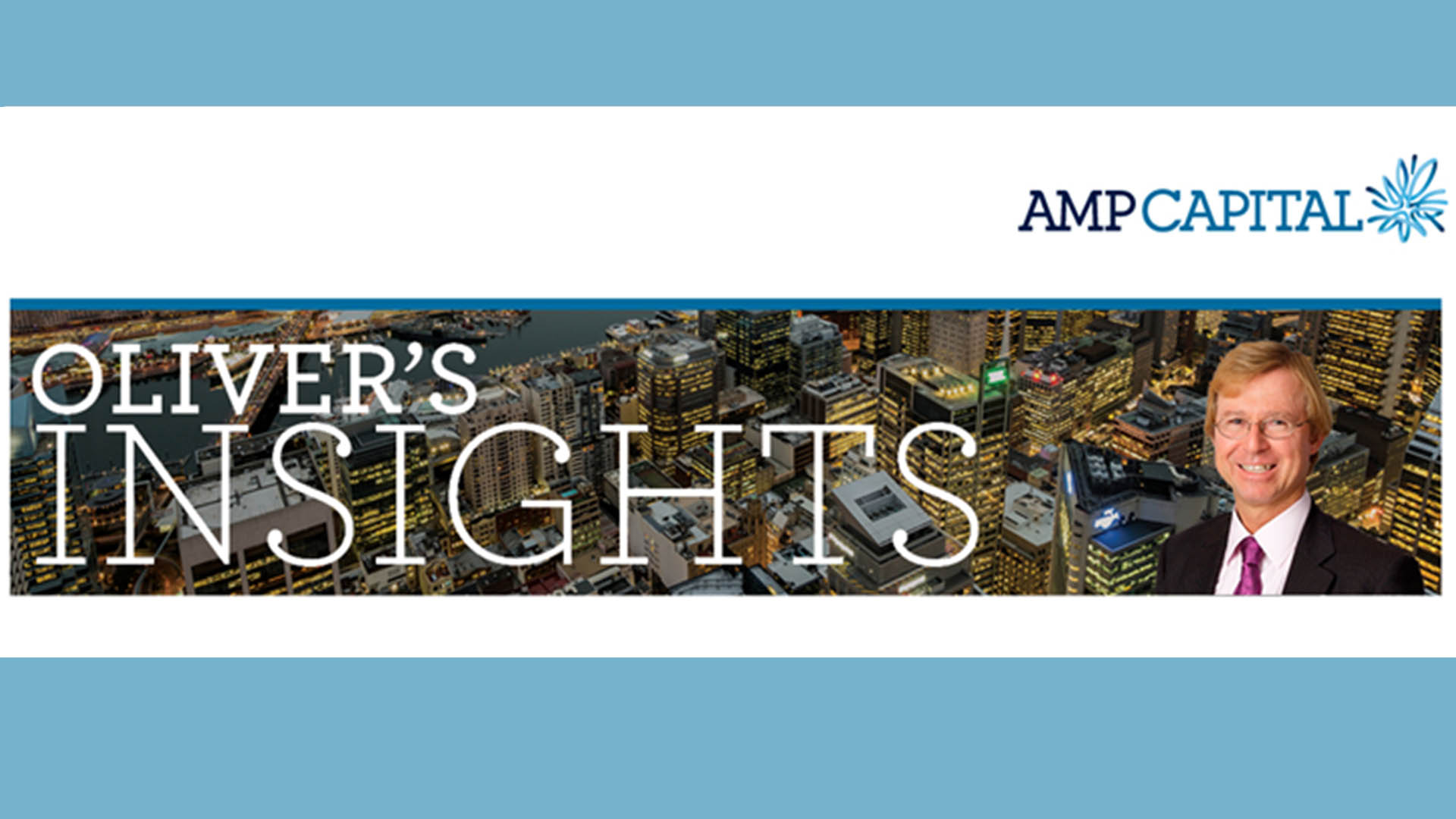The slide in Australia house prices accelerated last month in the wake of more bad publicity than you can poke a stick at and four rate rises in a row from the Reserve Bank.
The slide was widely forecast and data group, CoreLogic said in its release on Monday the rate of fall is now comparable to the onset of the global financial crisis in 2008 or the 1980s downturn as higher interest rates puncture demand.
Sydney’s drop, though, is accelerating faster than other cities which followed its market leading surge in 2021 and early 2022.
The news won’t impact today’s expected 0.50% rate rise from the RBA, which might be the last increase for several months while the RBA looks to see the fallout from the rapid pace of rate increases.
In July alone, house prices fell 1.3% on average nationally, for the third consecutive monthly fall according to CoreLogic.
Five of the nation’s eight capitals reported falls, with Sydney down 2.2% and Melbourne retreating 1.5% while prices in Brisbane (though Brisbane prices remain 22% higher over the year), Canberra and Hobart were also starting to slide.
“We’re definitely seeing housing prices falling quite rapidly at the national level, on par with the GFC,” said Tim Lawless, CoreLogic’s research director.
For Sydney, though, values are down 5.2% from January’s peak, or deeper than the 3.9% drop at the start of the GFC in 2008.
“Even going back to the early 1980s, it wasn’t going down as rapidly as this,” he said.
The falls will likely vary in size. Melbourne, for instance, had a milder upswing than other capitals, with prices up 17.3% from the Covid trough to the peak. By contrast, Sydney’s jump was 27.7% and Brisbane’s 42.7%, he said.
“Even just a 10% decline [in Melbourne] takes us back to levels roughly the same as July 2017,” Lawless said. “So it’s quite a different scenario from city to city.”
Lawless pointed out that one factor to watch will be those one-year figures rates deals coming off after being signed from August onwards in 2021.
Those mortgagees could now find their finances strained.
But every person getting a home loan has had to prove they could pay firstly an interest rate 2.5% above their rate (and now 3% for newer mortgages).
Regional property price gains are now fall as well, with prices dropping 0.8% in July for the first monthly fall since August 2020.
Still, these have further to fall, having risen 41% from the Covid trough to the peak – compared with 25.5% in the capital cities – in part because of the exodus of people to the regions in the wake of the pandemic and lockdowns and work from home flexibility.
The AMP’s chief economist Shane Oliver reckons the fall has been underway for a while and is not just due to rate rises from the RBA.
The says the downtrend in monthly price gains began more than a year ago – i.e., well before the start of RBA rate hikes – and reflected poor affordability and then the surge in fixed rates.
“But the weakness has accelerated since May when the RBA started hiking the cash rate with weakness now spreading from Sydney and Melbourne to other cities and to regional property.
After surging 28.6% between their pandemic low in September 2020 to their high in April – on the back of record low mortgage rates, government home buyer incentives, economic recovery, a lack of supply and a coronavirus driven surge in goods demand – average property prices have now fallen 2% over last three months, according to Dr Oliver.
The boom is now well and truly over and the pace of decline in property prices is accelerating.
As Sydney saw amongst the strongest gains on the way up and became one of the most speculative and most indebted markets, it’s now leading on the way down.













